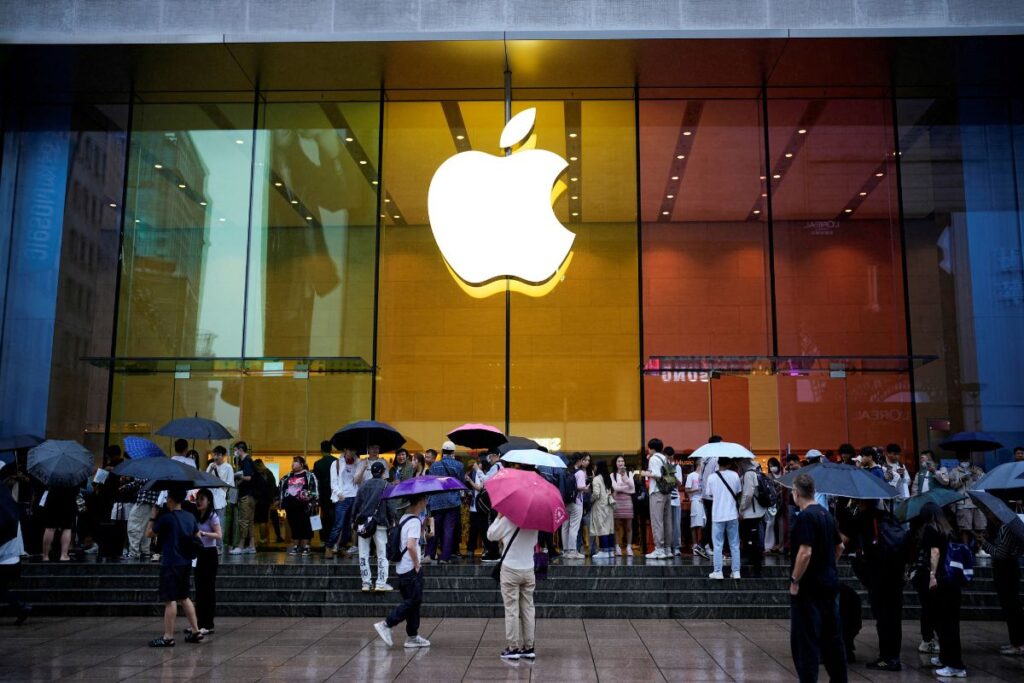Apple announced its partnership with OpenAI, which will integrate the latter’s artificial intelligence (AI) chatbot ChatGPT into iPhone, iPad and Mac devices, at the 2024 Worldwide Developers Conference (WWDC) keynote session on June 10. A new report now highlights that Apple is not offering any monetary benefits to the AI company for this work, nor is OpenAI paying the iPhone maker a fee. However, the deal reportedly still leaves room for both sides to make significant cash gains.
The Apple-OpenAI contract does not involve monetary transactions
Bloomberg’s Mark Gurman reports that the Apple-OpenAI partnership is not expected to generate significant revenue for either side — at least initially. Citing people familiar with the matter, the report said Apple believes the exposure OpenAI’s brand and technology will receive from reaching “hundreds of millions” of Apple users will offset the value of the cash payment.
That doesn’t mean OpenAI is paying the Cupertino tech giant. Unlike the deal between Google and Apple where the former reportedly paid $15 billion (roughly Rs. 1,25,319 crores) to remain the default search engine on iPhone, iPad and Mac in 2021, this deal will not result in direct monetary benefits for Apple. Instead, the report claims that Apple is aiming to get more people to buy its devices (or upgrade, if they own an older device) with ChatGPT’s AI offering.
Apple also has no plans to stop at integrating ChatGPT into its operating systems, according to the report. The company is said to be in talks with Google to include Gemini’s chatbot as an additional option. This was also hinted at by Apple’s senior vice president of software engineering, Craig Federighi, in a post-WWDC discussion.
Furthermore, Gurman claims that the iPhone maker has also held talks with Anthropica, maker of the Claude AI chatbot, as another potential partner. The company’s AI strategy is believed to offer multiple AI services to users so they can choose the one they prefer.
Notably, Apple is also powering more AI features in its devices through an internal AI model that will process information both on the device and through its recently announced Private Cloud Compute servers.


